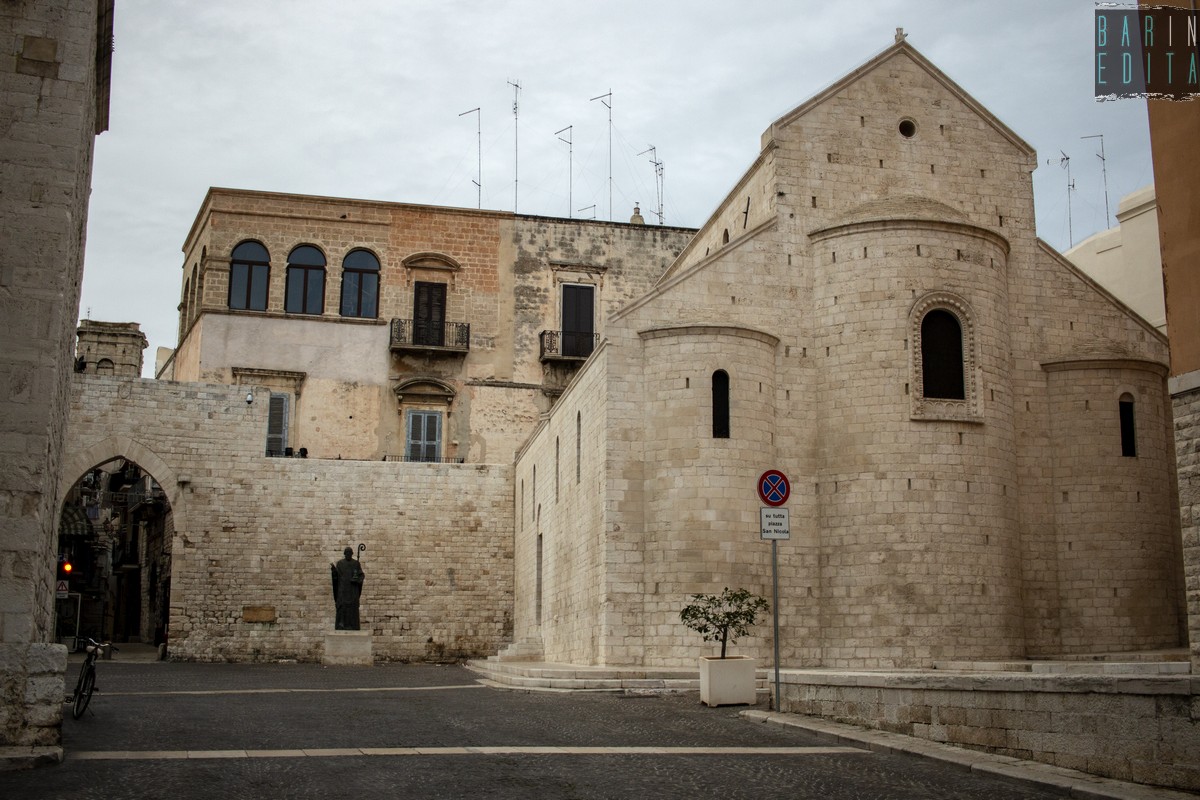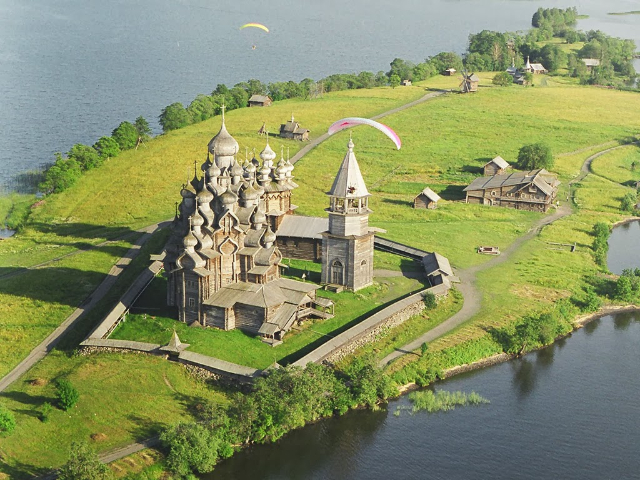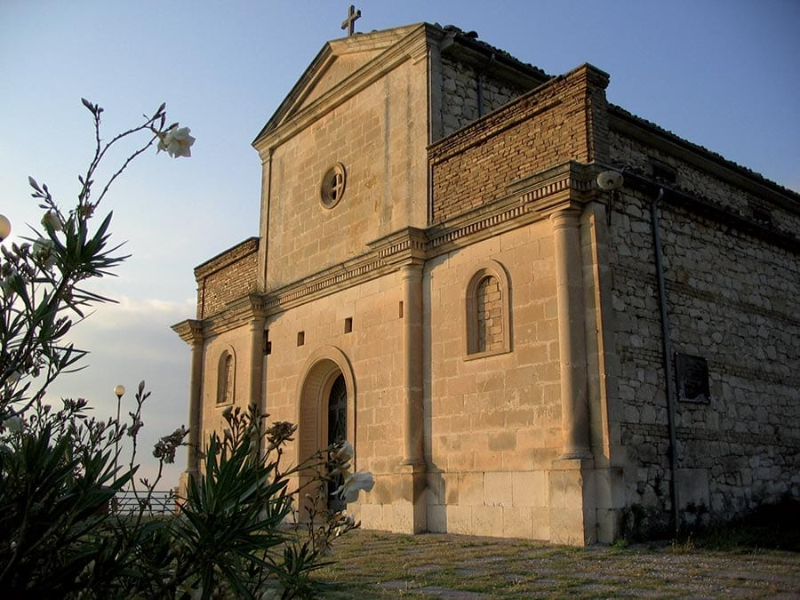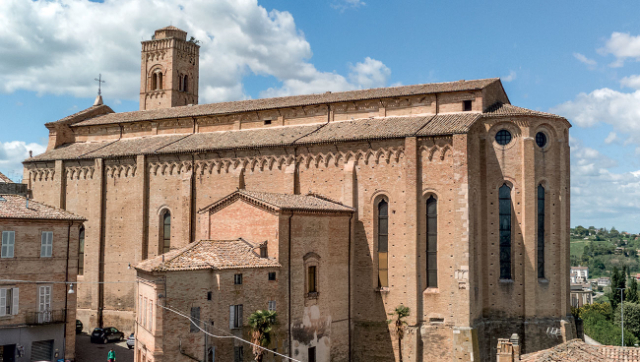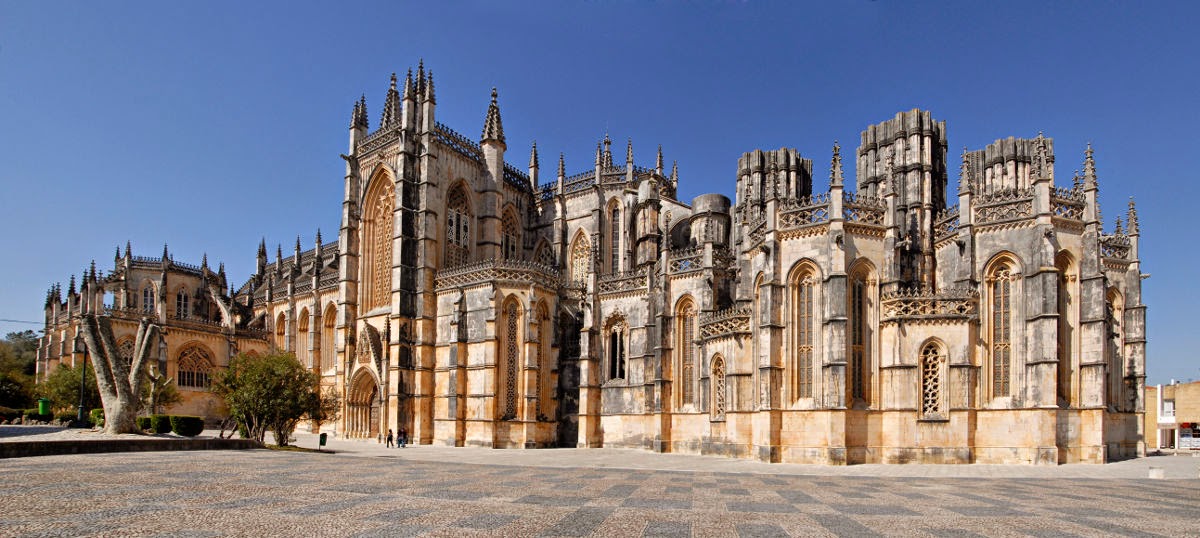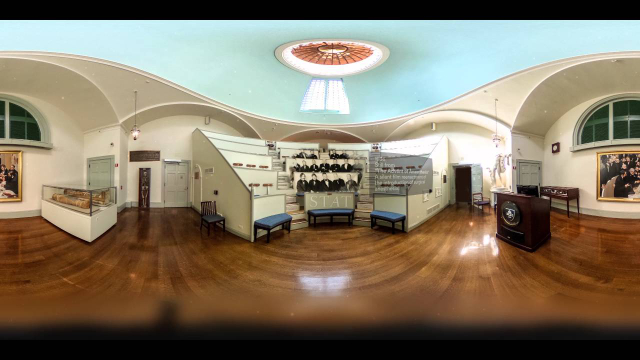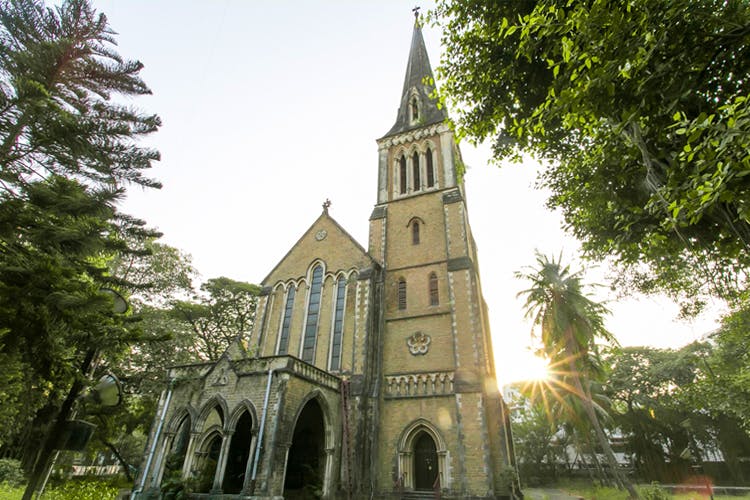The Church of San Gregorio di Bari, built in the 10th century on the remains of another religious building, is one of the most fascinating and characteristic of the city. Used in the past as a burial place for members of the Confraternity of the Saint, this ancient church is certainly worth a visit.The main facade had three doors, of which the two side ones were walled up in the 1600s to build altars inside. Above them are three large single-lancet windows with rosary-grain borders, like the portal of the nearby St. Mark’s and the windows of the cathedral. Higher up, the large window is surrounded by small corbels with floral motifs and small animals.
The interior has three naves. Two rows of four columns, interrupted by pillars with leaning half-columns, divide the nave from the two side aisles. The capitals belong to various periods and are of different sizes. The first on the right, with its pyramidal base, can be dated back to the VII-VIII century AD. The second is the most ruined. The third, of Corinthian type (with elegant leaves), offers some comparisons with St. Michael of Capua, and therefore also boasts a considerable antiquity. Two superimposed orders of acanthus leaves characterize the last capital. On the left side, the first capital also has two orders of acanthus leaves. It seems that there should have been a third order, but it was replaced by a marble dowel. The second capital contains (and is the only one in this sense) human figures. Towards the nave we see a man with bunches of grapes, while towards the inner north façade we see the face of a man with smooth hair and a parting in the middle. The third one soberly presents sharp leaves. The fourth and last capital has a lower order of acanthus leaves overlaid with palmettes that recall Egyptian art and are similar to some capitals of the crypt of Otranto and St. Basil’s in Troy.
Leonine figures separated by a human face characterize, instead, the capitals of the semi-columns. The analogy with the capital of the arch that in S. Nicola separates the nave from the presbytery has suggested the presence of the workshop of the Master of the Chair of Elias.
Inside the main facade there is a fresco of St. Anthony. While an inscription on the inner south façade informs us that for some time the church was used as a burial place (the document of 1308 already mentioned a cemetery) by the members of the Confraternity of St. Gregory (popularly called of the Passion of our Lord because of the statues of the mysteries of Good Friday): Confratrum et benefactorum huius edis regalis Ecclesiae annexae.
Between the seventeenth and eighteenth centuries the church took on the characteristic baroque forms of the time. The central apse housed the high altar with five niches, in which the statues of the mysteries were later kept (another two were placed above the niches, at the foot of the crucifix).
